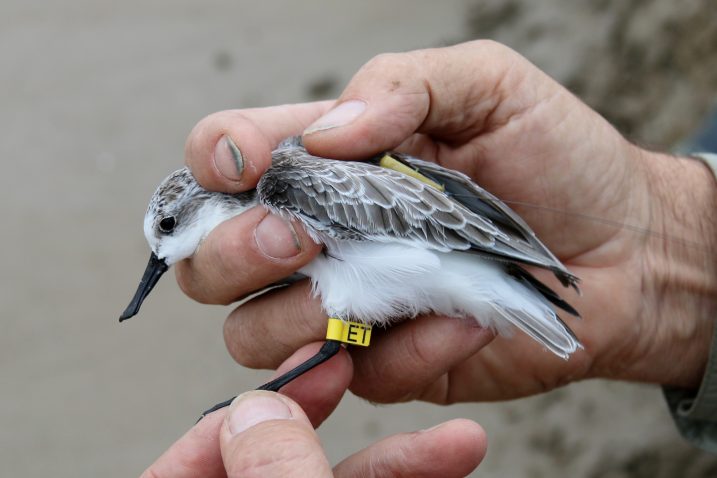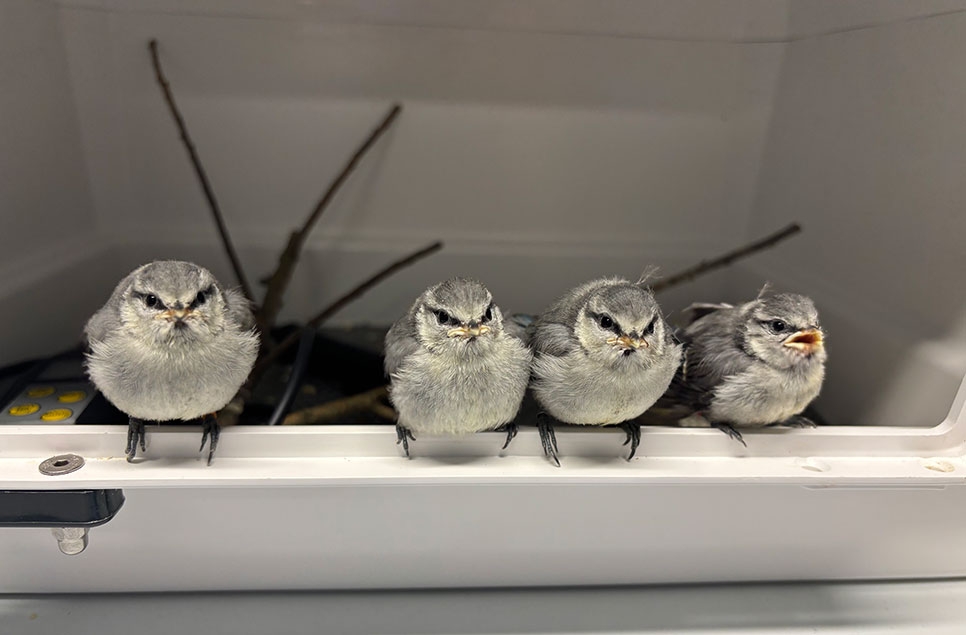Tiny transmitter's giant role in saving the 'spoony'
A tiny transmitter on a tiny bird is helping conservationists in their bid to save a Critically Endangered species from extinction. Now the world’s smallest satellite tag is helping researchers to build up a picture of the migration patterns of Spoon-bill

A tiny transmitter on a tiny bird is helping conservationists in their bid to save a Critically Endangered species from extinction.
Five years ago, the rare Spoon-billed Sandpiper looked to be heading to oblivion, with a few hundred of these tiny waders left, nesting in the wilds of eastern Russia.
Now the world’s smallest satellite tag is helping researchers to build up a picture of the migration patterns of the ‘spoonies’, and filling in vital gaps in our knowledge.
Dr Nigel Clark, scientific advisor to the Spoon-billed Sandpiper Task Force, said:
This satellite tagging project is a major breakthrough for Spoon-billed Sandpiper conservation. Conservation efforts to protect habitats and prevent hunting will be hampered unless we can find out where the birds are. A network of observers is now on high alert along the flyway on the lookout for our tagged birds.
WWT Principal Conservation Breeding Officer Rebecca Lee said:
A headstarting programme for spoonies was set up in 2012 to give the small global population a boost and buy us time for conservation measures on the flyway – to date we’ve released 111 birds. But we still don’t know where three-quarters of the population go to breed or where half of them overwinter, and we need that information to be able to protect them. The new satellite tagging programme is now bringing in results to help fill the gaps.
Ian Fisher, Senior International Conservation Officer at the RSPB added:
Spoon-billed Sandpipers, and the many other species of waterbird that use the East Coast of Asia as their migration route, are under serious threat. They face destruction of their habitats, hunting and pollution. If we know the most important places for these birds along their flyways, then conservationists can work to ensure they are protected. Through improved knowledge of their migration, we have already succeeded in reducing hunting pressure on Spoon-billed Sandpipers in several areas. These intrepid tagged birds are helping us understand where to best focus our future efforts.
![]()
Three of the tags, made by Microwave Telemetry and weighing just 1.6g each, are now sending back signals after being glued to the backs of two female and one male Sandpiper. The fingernail-sized tags will eventually fall off during moulting, but in the meantime they are sending back data as the spoonies fly from the Jiangsu coast of China to their wintering sites and, hopefully, back again to their breeding areas.
The three tracked birds are now at various stages of migration. HU was first away, and has stopped near Xitou in Guangdong province where she may spend the winter. ET has travelled the farthest, covering around 3,000km in 48 hours to reach the Gulf of Mottama in Myanmar, where she’s possibly settled. Meanwhile the male bird, CT, who was still finishing his annual moult when he was tagged, has taken wing and is now 1,000km further south just off the coast of Fujian province.
One exciting development is that the transmitters are showing that, rather than following the coast all the way, ET turned inland at Vietnam and cut across Laos and northern Thailand before appearing on the coast of Myanmar. This is a new and important discovery which is already showing the value of the satellite tagging scheme.
The birds’ progress can be followed live here:
http://www.saving-spoon-billed-sandpiper.com/satellite-tracking/



